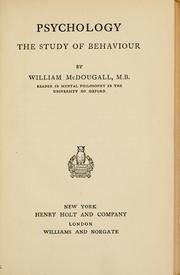
Photo from academic.microsoft.com
Researchers run experiments to test theories, search for and document phenomena, develop theories, or advise policymakers. When testing theories, experiments must be internally valid but do not have to be… Click to show full abstract
Researchers run experiments to test theories, search for and document phenomena, develop theories, or advise policymakers. When testing theories, experiments must be internally valid but do not have to be externally valid. However, when experiments are used to search for and document phenomena, develop theories, or advise policymakers, external validity matters. Conflating these goals and failing to recognize their tensions with validity concerns can lead to problems with theorizing. Psychological scientists should be aware of the mutual-internal-validity problem, long recognized by experimental economists. When phenomena elicited by experiments are used to develop theories that, in turn, influence the design of theory-testing experiments, experiments and theories can become wedded to each other and lose touch with reality. They capture and explain phenomena within but not beyond the laboratory. We highlight how triangulation can address validity problems by helping experiments and theories make contact with ideas from other disciplines and the real world.
Journal Title: Perspectives on Psychological Science
Year Published: 2021
Link to full text (if available)
Share on Social Media: Sign Up to like & get
recommendations!